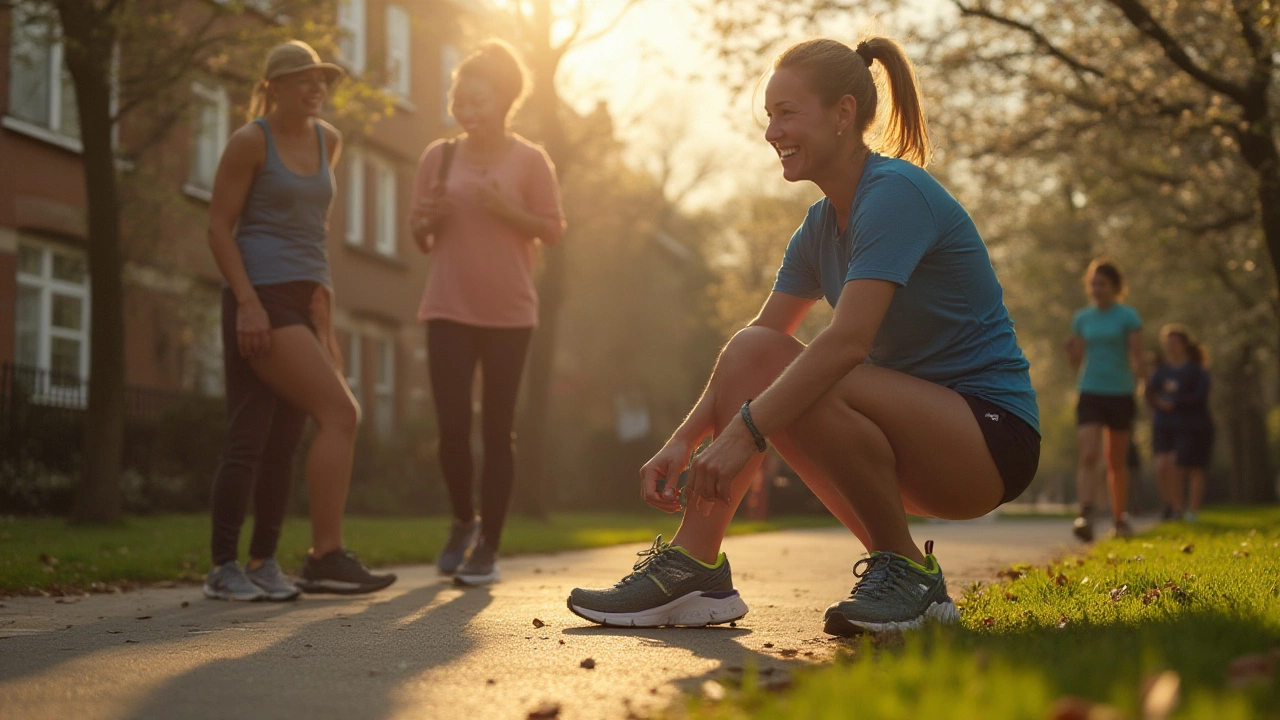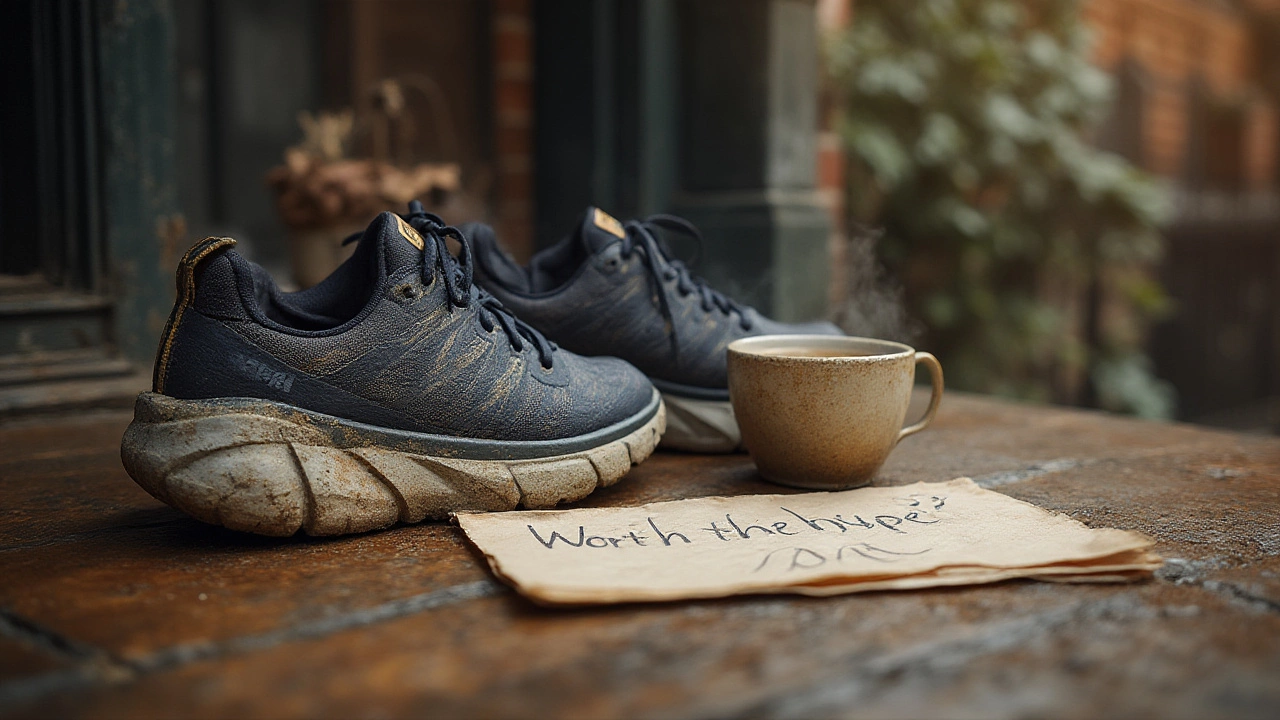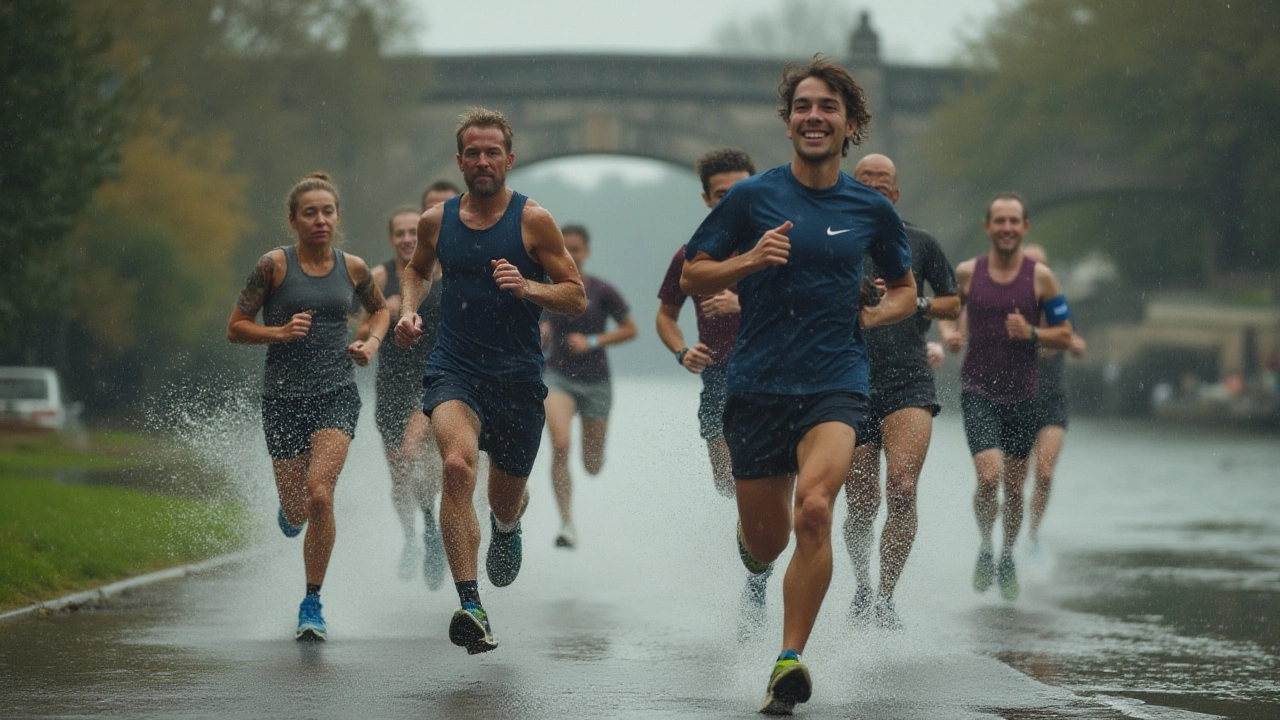Are Hokas Good Running Shoes? Honest Review for Runners

Scrolling through your Instagram feed in 2025, it’s hard to miss the chunky silhouettes of Hoka running shoes. Whether it’s your neighbor training for the Bristol half-marathon or a professional ultrarunner scaling mountains, those oversized soles are hard to ignore. Either you’ve seen people swear by them, or you’ve wondered, do they actually make a difference during a run? And more importantly—are Hokas really good to run in, or do you just end up with aching feet and an empty bank account?
The Secret Sauce Behind Hoka Running Shoes
Let’s start with the thing everyone notices first: Hoka’s maximalist midsole. When these shoes burst onto the scene around 2009, cushioning was in, but not like this. Hoka’s founders—Nicolas Mermoud and Jean-Luc Diard—wanted to design a shoe for running ultramarathons down mountains, with enough foam to protect joints without sacrificing speed. That’s how all that marshmallowy thickness began. But it’s more than just a visual gimmick: that plush EVA foam actually compresses to absorb shock and bounce back, sparing your knees and hips.
If you’ve ever tried a pair in a store, Hokas typically feel lighter than they look. That’s no accident. The foam formula is intentionally light, so you don’t feel like you’re lugging cement blocks on your daily 5K. For anyone with an injury history—think shin splints, dodgy ankles, or even plantar fasciitis—that cushy support can feel like a dream. Some podiatrists in the UK have gone on record recommending Hokas for those who need relief from chronic foot pain. A recent runner’s survey from Runners World UK in April 2025 showed that 79% of people who switched to Hokas specifically mentioned less soreness after long runs.
But cushioning isn’t just about softness. Hokas often have something called a “meta-rocker” sole—imagine the bottom of the shoe shaped a little like a rocking chair. This shape gently rolls your foot forward as you run, making transitions from heel to toe smoother. If you’re thinking, wait, does this change my running gait? Not exactly, but it eases the effort on your calves and Achilles, which is huge if you’re ramping up mileage or coming back from an Achilles niggle. The combination of the thick foam and meta-rocker design tends to give a unique ride that you either love straight away, or it takes a week or two for your feet to adjust.
Hoka now offers models for every kind of runner. The Clifton is the go-to for everyday comfort, while speedsters love the Carbon X or Rocket X for racing. Trail fans swear by shoes like the Speedgoat—seriously, take them to Ashton Court on a rainy day and you’ll see what I mean: grippy, stable, and ready for mud. With all these options, there’s a good chance you’ll find a pair that fits your needs, whether you’re running park laps or hitting a 20-mile Sunday slog.

The Downside: What Hokas Struggle With (And Who Should Avoid Them)
But no shoe is perfect—not even the ones with cult-level Instagram hype. Hokas aren’t for everyone, and it’s worth knowing where they fall flat. First, the obvious: all that foam can feel wobbly if you have weak ankles or really technical trail ambitions. Ultra-cushion can sometimes mean a little bit less ground feel, which makes tricky terrain a riskier business. There’s a reason elite sprinters don’t train in marshmallow platforms; it’s about control and precision.
Then there’s the fit. Hokas come up wide in the toe box for most models, which is great if you have bunions or wider feet. But people with very narrow feet sometimes complain about sliding around, especially during fast efforts or sprints. The Clifton has become a bit notorious for inconsistent sizing over the years, so always try before you buy (or order from places with no-fuss returns). And don’t expect Hokas to magically last forever—like most modern running shoes, they wear out at around 300-500 miles, depending on your running style, weight, and how much you abuse them on rough surfaces. If you’re looking for indestructibility, maybe look toward trail-specific shoes or rotate pairs.
Another myth worth busting is that Hokas fix all injury problems. Yes, they’re soft and supportive. But if your running form is off, or you’ve got underlying muscle imbalances, no shoe can do the rehab for you. Some runners even end up with extra aches—particularly in hips or backs—when making the switch because thick foam slightly changes running dynamics. It’s not a deal-breaker, but you want to ease in slowly and not jump straight into 30K long runs in fresh-out-the-box Hokas.
The price is another sticking point. New models regularly hit the £120-£180 mark here in the UK. That’s a serious investment when the average pair won’t outlast cheaper (but less plush) shoes like the Asics Gel series or Nike Pegasus. You really want to be sure you love the Hoka ride before stocking up on two or three pairs. Last but not least, while the “maximalist” look is trendy in running circles, they can seem a bit much if you want subtle, office-friendly trainers.
- If you’re a heavier runner, Hokas can offer tried-and-tested protection against impact pain, but make sure the upper keeps your foot secure.
- Minimalist shoe fans or those who train for feel (especially on soft grass or track) might find Hokas too disconnecting from the ground. Try before making the switch.
- For trail runners, look at grippier, firmer Hoka models. On rocky descents, maximal cushioning can mean less stability.
- Ankle rollers beware: platform height might exacerbate instability, so pair them with some injury-preventing exercises if in doubt.

Tips for Picking the Right Hoka for You (& Getting the Most From Them)
Okay, so you’re eyeing up that fresh pair of Cliftons or Speedgoats—what now? Here’s how real-life runners in Bristol and beyond get their money’s worth from Hokas.
- Head to your nearest running shop for a proper fitting, especially for your first pair. Hoka’s sizing varies between styles: the Bondi runs a bit roomier than the Arahi or Rincon, for example. If you’re right between sizes, trying both can make all the difference.
- Think about your main use case. Daily plodding? Clifton or Bondi is the safe bet. Trail explorer? Speedgoat or Mafate. Racing 10Ks or a marathon? Rocket X or Mach.
- Break them in gently. Give yourself at least a couple of short runs before any big race. Fat foam sometimes compresses a bit after the first 30 miles, meaning the shoe’s feel changes with a few uses.
- Don’t toss your old running shoes just yet. Transition between models over a few weeks, especially if you’re coming from flatter or firm shoes.
- Watch for discount drops, especially on previous-year models. Many runners pick up nearly-new Hokas for 30% off as retailers update their stock every spring and autumn.
The brand is also pretty clued-in to feedback. Not long ago, they launched the Clifton 12 with tweaks to the tongue padding and an improved heel lock—a direct response to runners reporting slippage and rubbing in the previous model. This means you’re not just getting a one-size-fits-all shoe, but something getting fine-tuned every year.
If you care about sustainability, Hoka’s stepped up here too. Newer models use more recycled materials in the upper, and they’re part of several “take-back” schemes in the UK aimed at recycling retired shoes into running tracks and playground surfaces.
And yes, the style thing isn’t nothing—Hoka’s bright colours mean you’ll probably get some double-takes next time you run the Bristol Harbourside loop. But for those who love a bold look, or just want something proven to save your joints, that feels like a fair trade-off.
All things considered, if you need serious cushioning, reliable support, and love a fresh, springy ride, Hokas aren’t just hype—they’re a top choice for everyday runners and marathon diehards alike. Just make sure you’re buying the right model for your stride, and don’t expect them to solve every running woe in one go. The best running shoe is the one you forget you’re wearing. For plenty, that’s a Hoka on day one—and still a Hoka at mile 15.
